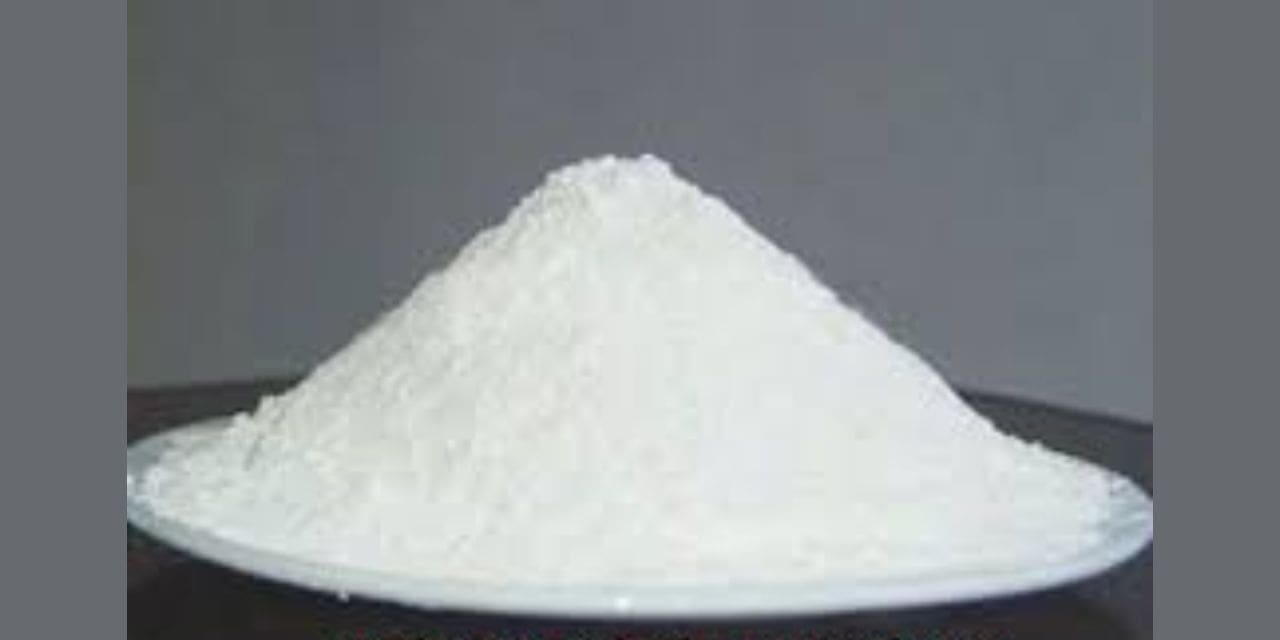The report “White Inorganic Pigments Market by Product Type (Aluminum Silicate, Calcium Silicate, Calcium Carbonate, Silica, Titanium Dioxide, Zinc Oxide), Application and Region (North America, Europe, APAC, MEA, South America) – Global Forecast to 2026″, size is estimated at USD 22.7 billion in 2021 and is projected to reach USD 29.5 billion by 2026, at a CAGR of 5.4%, between 2021 and 2026. Growth in the white inorganic pigments market can primarily be attributed to the growing involvement of white inorganic pigments in the paints & coatings, adhesives & sealants, plastics, cosmetics, paper, inks, among others. There is a continual demand from the construction, automotive and personal care industry as it helps in attaining high light scattering power, a high degree of hiding power, good tinting strength, a high degree of brightness, a negligible undertone (ideally none), and a high degree of whiteness are all required from white inorganic pigments. These are the key factors driving the demand for white inorganic pigments during the forecast period.
Browse
• 108 Market data Tables
• 60 Figures
• 218 Pages and in-depth TOC on “White Inorganic Pigments Market – Global Forecast to 2026”
Some of the prominent key players are:
- Venator Materials PLC (UK)
- The Chemours Company (US)
- Tronox Holdings plc (US)
- LANXESS (Germany)
- KRONOS Worldwide, Inc. (US)
Opportunity: Rapid industrialization in emerging economies
Rapid industrialization in emerging economies in regions such as the Asia Pacific, the Middle East & Africa, and South America is expected to offer opportunities for the growth of the white inorganic pigments market. Building & construction, automotive, packaging, and textile industries have grown significantly over the years. China, India, Indonesia, Thailand, Saudi Arabia, the UAE, Turkey, Brazil, and Chile have been witnessing rapid growth in key manufacturing sectors. The growth of the manufacturing industry in these countries is further expected to fuel market growth. Government policies in these countries are supporting the growth of industries. In addition, low labor costs, skilled workforces, availability of raw materials, and increasing urbanization have enabled domestic and foreign companies to establish their facilities in these regions. Moreover, the high growth rate of approximately 8% of the plastics industry is projected to increase the consumption of inorganic pigments in these countries. The textiles industry is growing due to the increasing use of fabrics in diverse applications. According to the World Trade Statistical Review, 2018 by the World Trade Organization (WTO), the global market size of textiles was USD 296.1 billion in 2017, and global apparel exports were USD 454.5 billion the same year. Asian countries, especially India, play a crucial role in the global textile industry. India exports most of its apparel to Europe and North America, while China is the largest exporter of apparel at an estimated value of USD 288 billion. This has propelled the demand for white inorganic pigments in fabric printing and offers opportunities for market players.
Titanium dioxide is the largest product type segment of the white inorganic pigments market
On the basis of product type, the market is segmented into aluminium silicate, calcium silicate, calcium carbonate, silica, titanium dioxide, zinc oxide, and others. The titanium dioxide segment led the product type segment of the market in terms of both value and volume. Titanium dioxide is the most prominent member of the group. Paints with white extender pigments are used to cut costs and improve the qualities of the paint.
Asia Pacific is the largest market for white inorganic pigments market
The Asia Pacific region is projected to be the largest market, in terms of value. Asia Pacific is also expected to grow at the highest CAGR during the forecast period. Growth in APAC is backed by the efficient demand and supply cycle of the paints & coatings, adhesives & sealants, plastics, cosmetics, paper, inks industry majorly in countries like China, India, and Japan among others. A significant bounce back is expected from the construction and automotive industry and this will drive the market in the area. APAC is also an industrial hub with a significantly large market size. Other factors, such as the increasing consumer goods demand, innovation in electronics and other sectors, etc., are expected to support the growth of this regional market during the forecast period.

